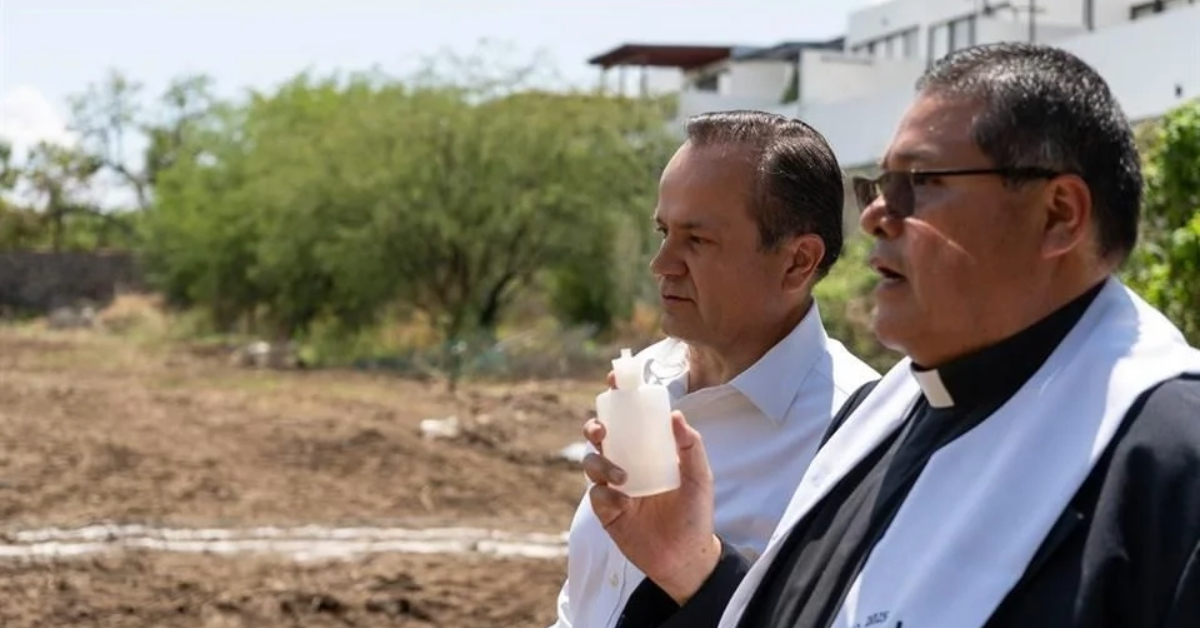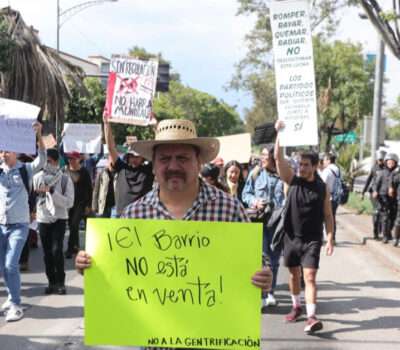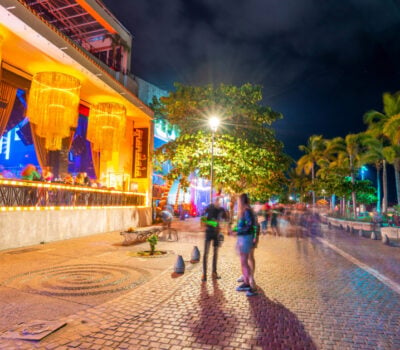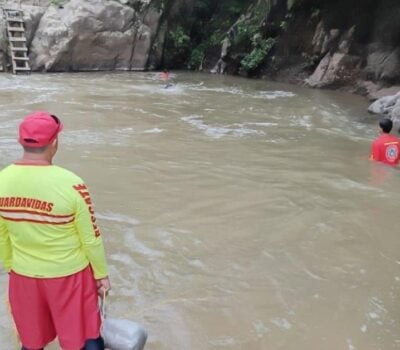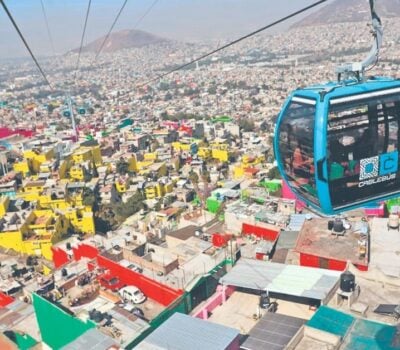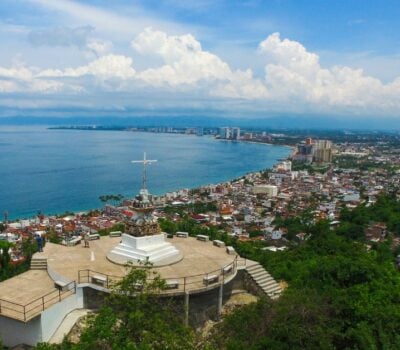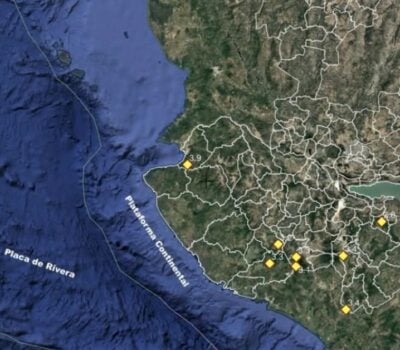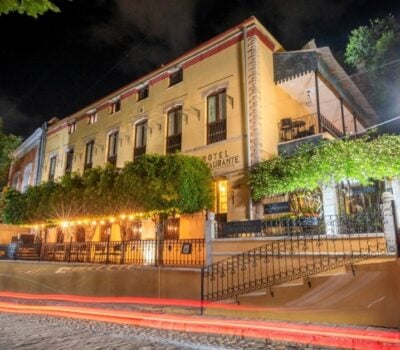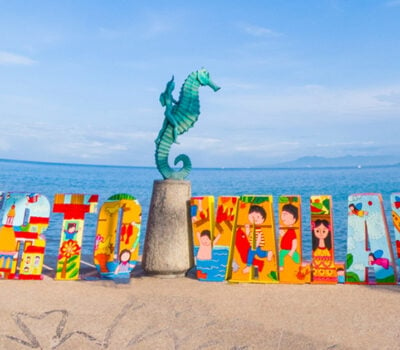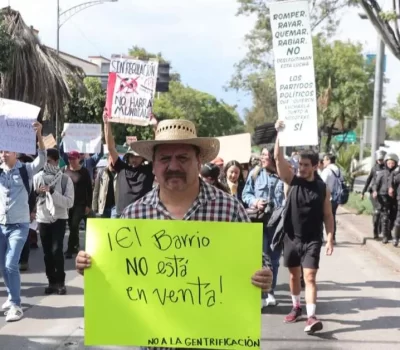The Chapala government has launched construction of a new cemetery in Ajijic, featuring niches, graves, a chapel, administrative offices and parking—all on a 4,725 m² site—backed by a 25 million peso budget and aimed at meeting growing demand for dignified repose.
On June 13, 2025, the Chapala municipal government officially broke ground on a new municipal cemetery in the lakeside community of Ajijic. The ceremony began at 5:00 a.m., marking the start of a project budgeted at 25 million pesos and driven by the need to expand local burial infrastructure.
Spanning 4,725 square meters, the development will feature a 765 m² built area. Plans call for a chapel, an administrative building, a shaded rest zone, and networked walkways that connect different sections of the cemetery. The layout also includes space for 2,492 niches and 569 traditional burial plots. To accommodate visitors, the project provides on-site parking and even a small public transportation stop (apeadero) at the cemetery entrance.
Local authorities say the design balances functionality with respect for Ajijic’s scenic setting on the shore of Lake Chapala. The chapel will serve both religious and non-denominational services, while open-air resting areas aim to offer a peaceful environment for families. Officials emphasized that the walkways and landscaping will be crafted to blend with the town’s tree-lined streets and nearby green spaces.
The first stone was laid on June 12 by Mayor Alejandro de Jesús Aguirre, accompanied by Father Sergio Ramos. In his remarks, the mayor highlighted the project’s goal of “strengthening our community’s urban infrastructure” to ensure residents and visitors have access to a “dignified final rest”—a priority as Ajijic’s population of retirees and long-term residents continues to grow.
Community leaders and residents welcomed the announcement, noting that existing burial grounds had reached capacity in recent years. With Ajijic’s reputation as a hub for both Mexican families and international retirees, they said a modern cemetery would relieve pressure on older sites and serve as a lasting public asset.
Construction is slated to proceed in phases, with initial earthworks and foundation work expected to conclude by late summer. Subsequent phases will install the chapel, administrative offices, and burial structures, followed by landscaping and roadway installations. City engineers estimate that the project could open its first section to the public by early 2026, weather permitting.
Once completed, the new cemetery in Ajijic will stand as a milestone in Chapala’s efforts to upgrade its civic services. Beyond addressing a practical need, officials view the site as a dignified space that honors local traditions and supports the community’s growth.


